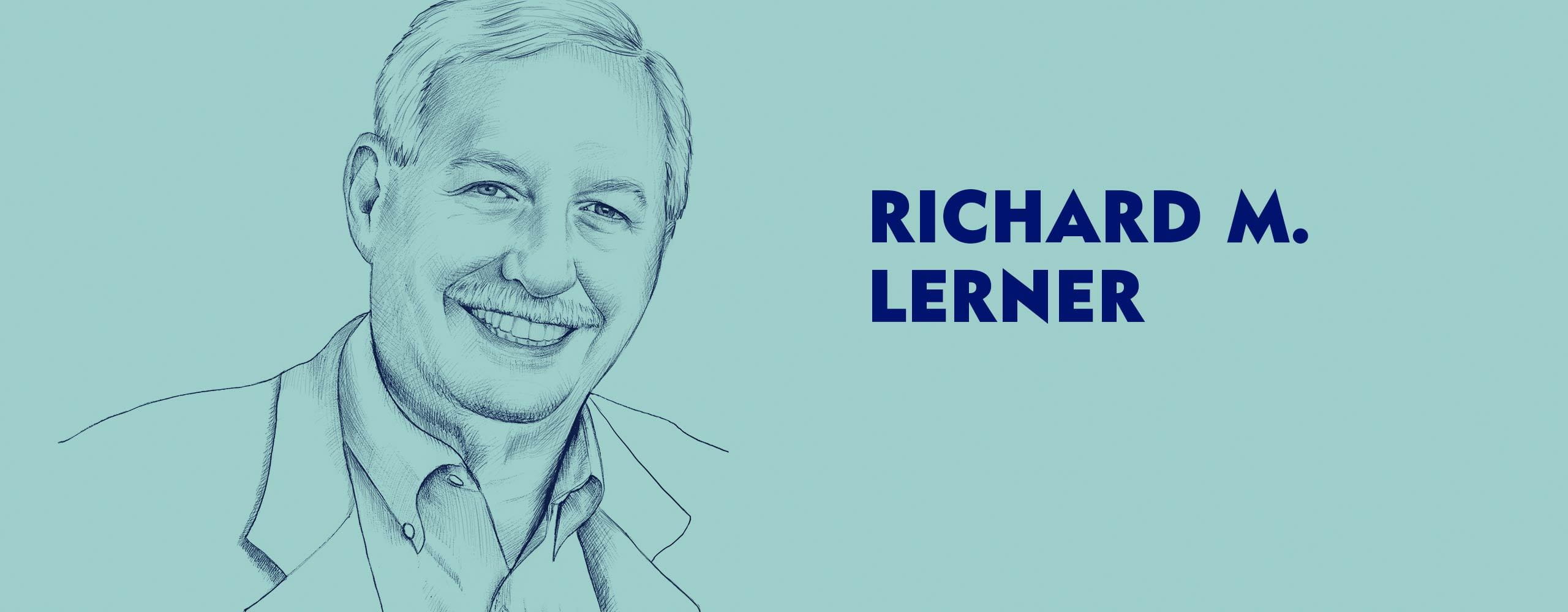In your capacity as an expert for applied youth development, what does successful growing up mean to you?
You need the attributes that allow you to not only thrive personally, but to thrive in relation to others. Simply put, none of us is Robinson Crusoe and our daily environment is anything but an island. We need to develop the ability to live with other people and get along with them. This type of thriving allows you to enact your interests, goals, aspirations, and efforts. So, positive youth development (PYD) means becoming an individual who understands the intimate connections between self and others, and to their own social environment. Such a person strives to make a positive difference for self, family, community, and civil society. As you know, I have a specific model of this, which involves the “5 Cs of Positive Youth Development,” comprising “Confidence,” “Character,” “Contribution,” “Competence,” and “Connection.” These are outcomes that need to be fostered in order for young individuals to develop a healthy and productive personality in adult life. If this development turns out to be successful, you end up being a person who contributes in the ways that I have just mentioned. Of course, other scholars don’t need to adhere to Lerner’s “5 Cs Model.” For example, my colleague Bill Damon at Stanford University talks about “positive” or even “noble” purpose in order to define the attributes of a successful person. However, in all instances, PYD involves mutually beneficial relations between a person and their world.













